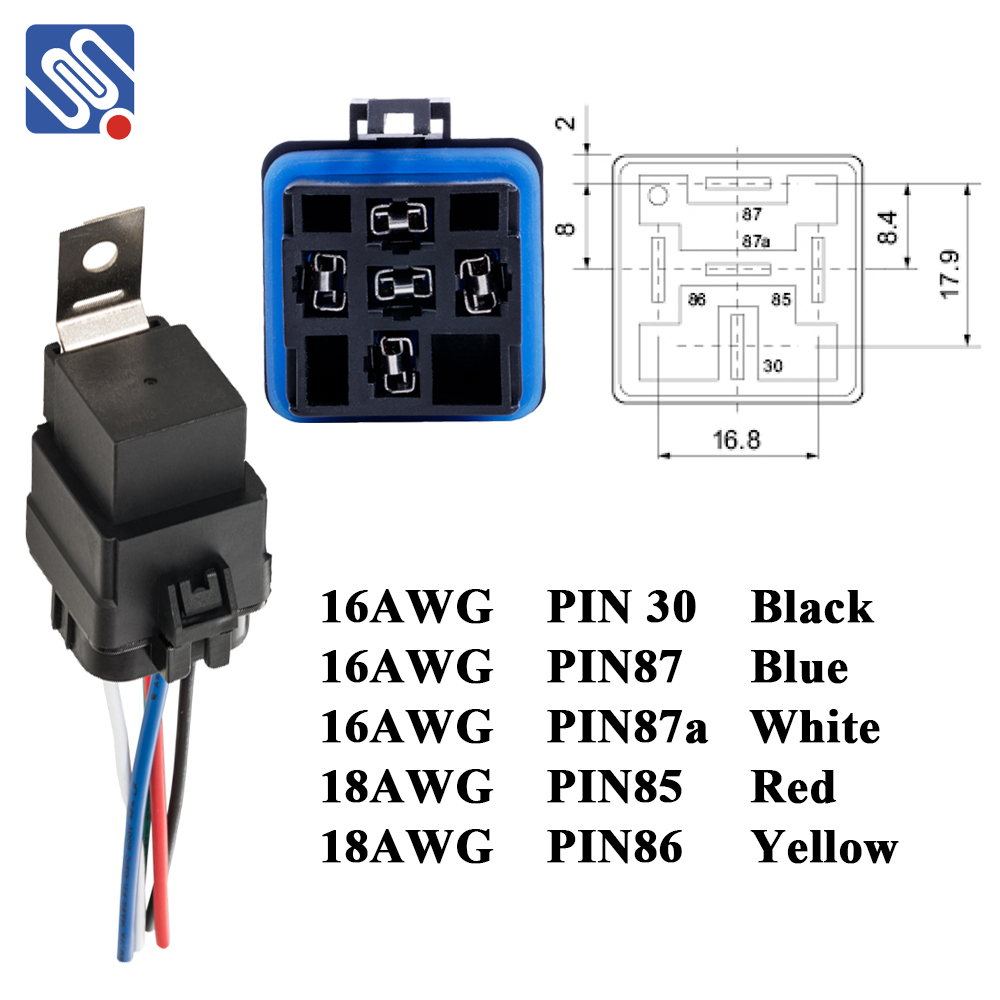Relay wiring is an essential aspect of electrical systems, allowing users to control high-power devices using low-power signals. Whether you are working on a home automation project, building an industrial control system, or simply troubleshooting electrical circuits, understanding relay wiring is crucial. This article will provide an in-depth look at relay wiring, its components, and how it can be used in various applications.

What is a Relay? A relay is an electrically operated switch that can control the flow of electricity in a circuit. It typically consists of an electromagnet (coil), a movable armature, and a set of contacts. When a current flows through the coil, it creates a magnetic field that attracts the armature and changes the state of the contacts. The contacts can either open or close, depending on whether they are normally open (NO) or normally closed (NC), allowing the relay to control the flow of current to other parts of the circuit. Relays are commonly used to control devices such as motors, lights, alarms, and other electrical components. They can operate on low voltage signals, making them perfect for use in microcontrollers, PLCs (Programmable Logic Controllers), and other low-power control systems.